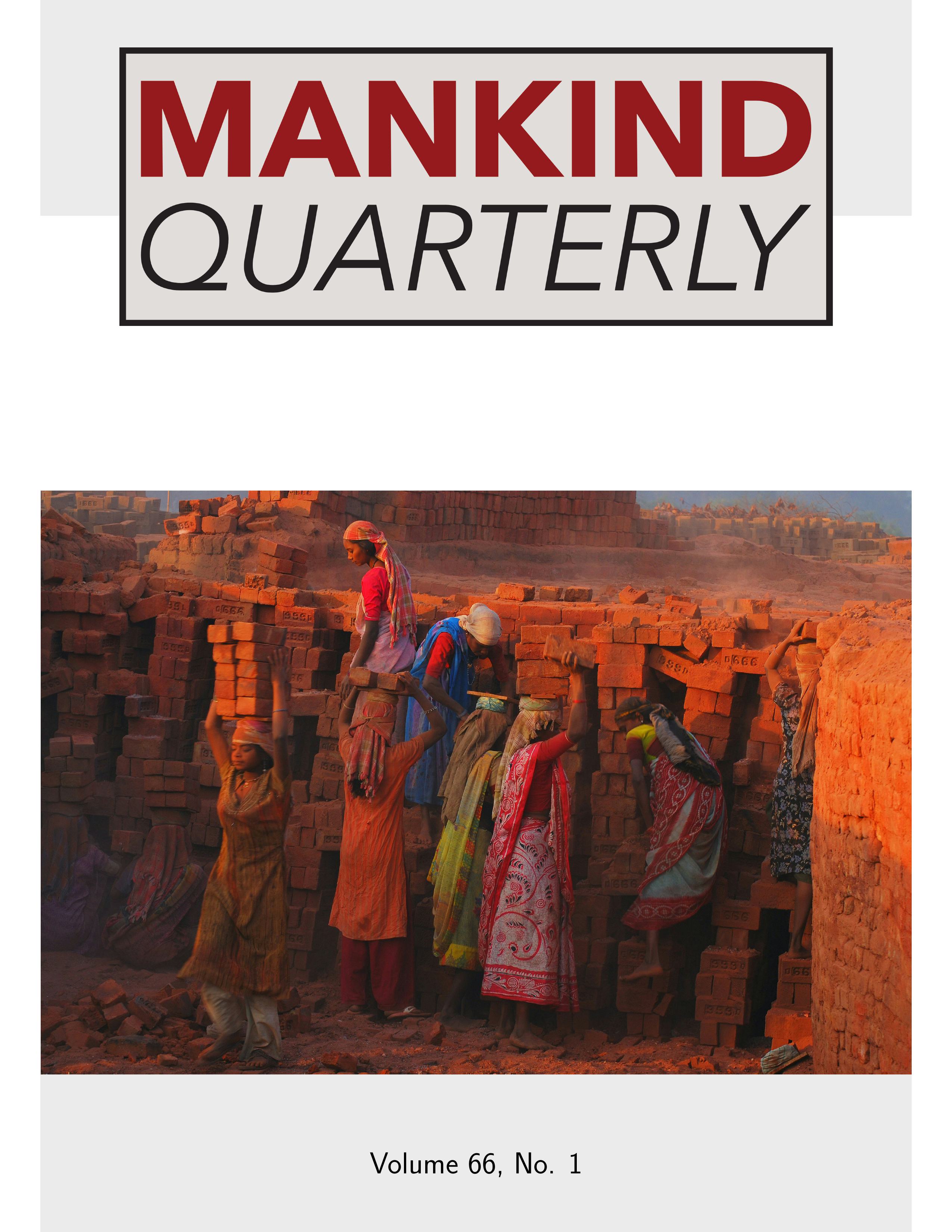Home > Archive > Volume 60, No. 2 > This paper
Body Growth and Proportions of Transfusion Dependent β-Thalassemia Patients: A Mixed-Longitudinal Study
A.K. Bhalla, Harvinder Kaur and Amita Trehan
Published: 2019/12/01
Abstract
Aims: To study body growth and proportions of Indian β-thalassemia children using Indice Skelique (skelic index), which categorizes individuals into brachyskelia (long trunk and short legs), macroskelia (short trunk and long legs), and mesatyskelia (intermediate state). Methods: Four hundred seven boys and 158 girls diagnosed with β-thalassemia major, aged 1 to 20 years and getting regular blood transfusions, were half yearly measured for crown-heel length (height) and crown-rump length (sitting height) using a mixed-longitudinal research design. Manouvrier’s Indice Skelique ((standing height ̵ sitting height) / sitting height) × 100 was used to categorize patients into brachyskelia (up to 84.9), mesatyskelia (85.0 - 89.9), and macroskelia (≥90). Results: Transfusion dependent β-thalassemia patients grew normally in height up to 10.0 years. Thereafter, curves ran below the 3rd percentile of CDC standards making 49.2% of males and 47.9% of females short-statured. Predominance of macroskelia (male: 85.3%, female: 78%) over mesatyskelia (male: 14.7%, female: 22%) was recorded. Macroskelia amongst short statured patients was due to truncal shortening. Conclusions: Thalassemia patients exhibited compromised growth and short stature beyond 10 years of age. The macroskelia type of body proportionality in the majority of the thalassemia patients is mainly due to truncal (sitting height) shortening.
Download PDF
